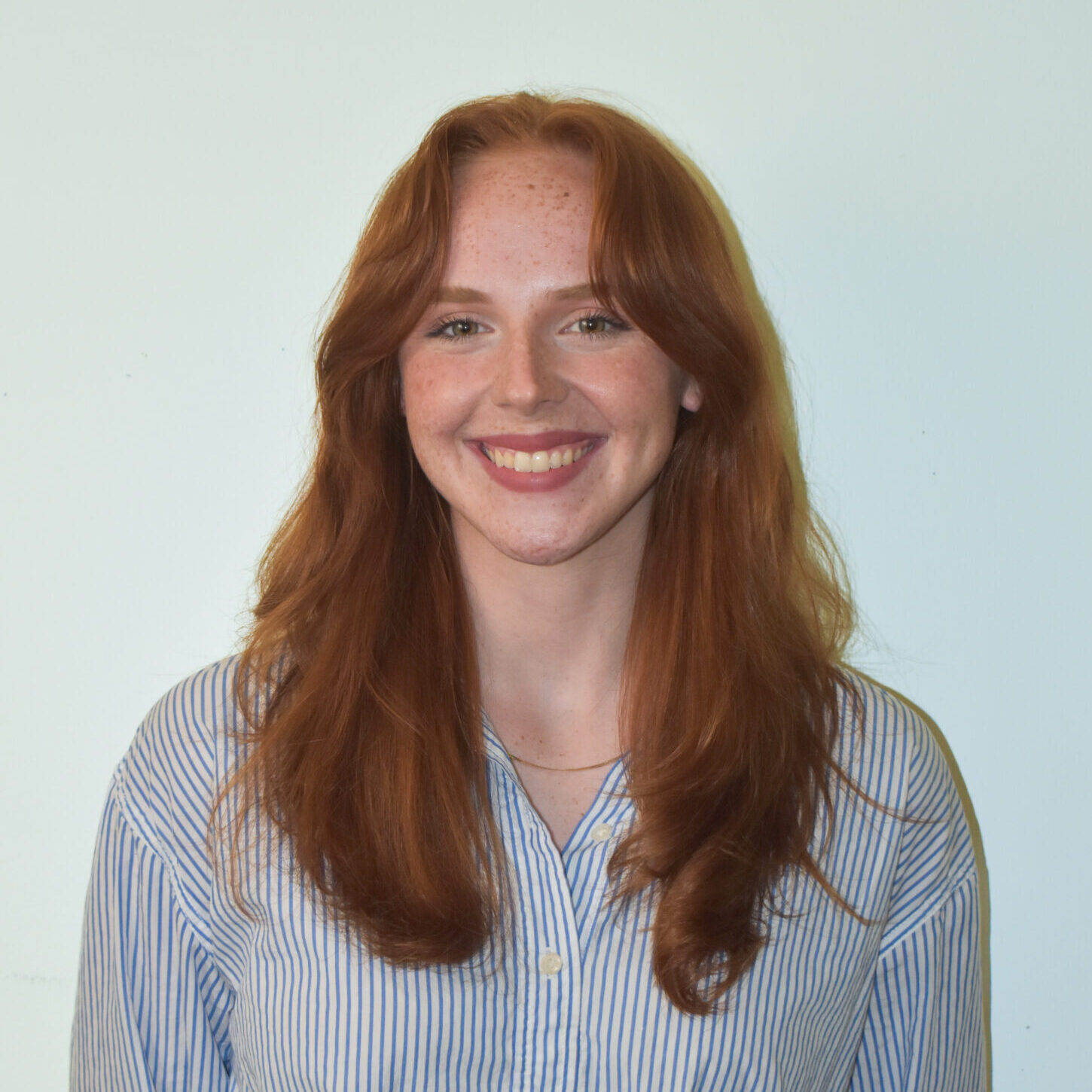The Chicago History museum added Loyola as a university partner Dec. 3, allowing students to gain free admission on Illinois resident free days.
Through the partnership, Loyola is joining seven other universities in the Chicago area who have access to the museum for free. Illinois Resident Free Days occur intermittently throughout the year, according to the CHM website.
CHM, which is a 25-minute walk from the Water Tower Campus, offers free admission on selected days each month. Lists of specific days can be found on the museum’s “visit us” page, with the next upcoming days being Feb. 5-7
Director of Visitor Services Joshua Anderson said they’re excited to add Loyola to the list and expand their connections with university students in Chicago.
“We’ve actually got a long history with Loyola students,” Anderson said. “We’re really psyched that a bunch of students who already were visiting now have free access.”
Brenda Yun, a third-year marketing major, said she hasn’t been to the CHM but would be interested in visiting. She said the museum is a unique option for interaction with educational topics.
“Museums hold history, and they can educate you a lot more — not only is it something you hear from classrooms, but you can physically go and check it out, look at the models, read the descriptions that they have on display,” Yun said. “I think it can really be more of a hands-on, interesting way to learn about things rather than just in school.”
Anderson said the decision to add Loyola to their list of partnered schools stemmed from a pre-existing relationship with the university.
“It hasn’t always been all universities,” Anderson said. “Fairly recently, Loyola was added partially because we’ve got educational partnerships with Loyola.”
The museum houses exhibitions on social movements throughout Chicago history, such as the Civil Rights and LGBTQ+ movements, according to their website.
Anderson said he encourages students to take advantage of their access to museums in the area.
“I think it’s important for anyone from Chicago or who lives in Chicago to know the history, especially if you’re new to the city, not a native, to understand why the city operates the way that it does,” Anderson said. “Our exhibitions and programming offer that as that’s what we’re here for. If it’s a resource you have available as a Loyola student, why not take advantage of it?”
Julia Rubin, a first-year healthcare administration major from the suburbs of Chicago, said she hasn’t used her free admission to museums since she’d already been to them before attending Loyola.
Rubin said for students who aren’t familiar with the area, the free admission options could help them feel comfortable while exploring the city.
“For people who are coming from out of state I think it’s a really good resource,” Rubin said.
Of the options available, Rubin said the Shedd Aquarium is her favorite, so she hopes to go there soon. She said she also plans to explore the other options during her time at Loyola.
“I think they are great learning opportunities, and Chicago is just filled with so much history and opportunities for education,” Rubin said. “Even if it’s paired with classes, it’s just a really nice way to spend your time.”
CHM is one of six local cultural institutions in the city who participate in the Cultural Institutions in Teacher Education program, which allows students in the Department of Education to develop their teaching portfolio, according to Clinical Assistant Professor in Teaching and Learning Colleen Whittingham.
“There are touchpoints throughout [a student’s] undergraduate experience in each of the semesters when [they] would interact with museum partners for different reasons,” Whittingham said. “Sometimes that’s to observe learning that’s taking place at the museum, sometimes it’s to co-plan and teach at the museum and sometimes it’s to learn more about the resources at the museum that could be incorporated into your own teaching in the classroom.”
Whittingham said the program is limited to education majors, but students can take a museum learning course as an independent study if they want to learn more about museum resources.
Loyola also collaborates with the Art Institute of Chicago, including a program with the Art History Department which involves students writing talking points on particular art pieces and presenting to visitors of the museum on Loyola Day, The Phoenix reported.
Several Chicago museums offer “Illinois resident free days,” allowing free entry to students from participating schools and anyone with an Illinois state ID from a set list of Chicago universities.
Outside of these designated free days, the only Chicago museum Loyola students have free access to is the Art Institute of Chicago, where they can get tickets on any day when the museum is open to the public as opposed to just on designated free days.
Mia Melendez, a first-year biology major, said although she has visited the Art Institute with her friends using her student ID, she was unaware of the other museum options available.
Not originally from Chicago, Melendez said having museums available to students for free helps them to learn more about the area where they’re going to school.
“I think not being from Chicago and being from Las Vegas, I’m not very familiar with the Chicago culture, I guess, and the history,” Melendez said. “I think that that’s really important to know about, and it’s also cool to see.”
She said she’s interested in visiting the other museums on free resident days and hopes the university does more in the future to promote those options.
“If I knew about it I would’ve already gone, honestly,” Melendez said.
Anderson said other free resources offered by the museum to members are available to students, including the research center, which professors at Loyola can book orientation tours for. There are also guided city tours and discounts at the cafe located inside the museum.
Other museums offering free admission days for residents include The Shedd Aquarium, The Museum of Science and Industry and The Field Museum, all of which accept a valid student ID as proof of residency. Some museums require tickets to be reserved ahead of time.











